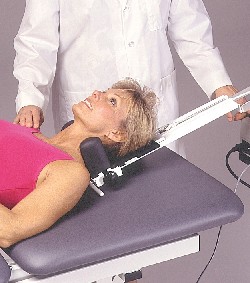Bad Form
I have been seeing a lot of people at the gym lately who need some help. Lifting too much weight which in turn causes a breakdown in proper form, increasing the chance of injury and decreasing the benefits of the intended exercise. I saw one guy doing bicep curls who kept his elbows flexed 90 degrees the whole time while rapidly moving his shoulders up and down with a total movement of about 2 inches. This is really doing nothing to build the muscles that he is trying to work on. Don't get me wrong - I think it is great that he is getting out there, but he should really go on Youtube or another website and do a search for proper workout techniques. Most gyms have some kind of trainer on staff that can help also. Remember, getting the most from weight lifting requires proper form, controlled
movements and the right amount of weight. Lifting weights that are too
heavy for you is a set-up for injury. If you can't maintain proper form
while lifting, the weights are too heavy for you.





 It works by creating a negative pressure inside the disc, causing the bulging disc material to be retracted away from irritated nerve tissues. At the same time, the disc is rehydrated and healed by the nutients that are drawn inside during the process. We have been using this non-surgical treatment method in our chiropractic practice with great success in Mandeville since 2005.
It works by creating a negative pressure inside the disc, causing the bulging disc material to be retracted away from irritated nerve tissues. At the same time, the disc is rehydrated and healed by the nutients that are drawn inside during the process. We have been using this non-surgical treatment method in our chiropractic practice with great success in Mandeville since 2005.